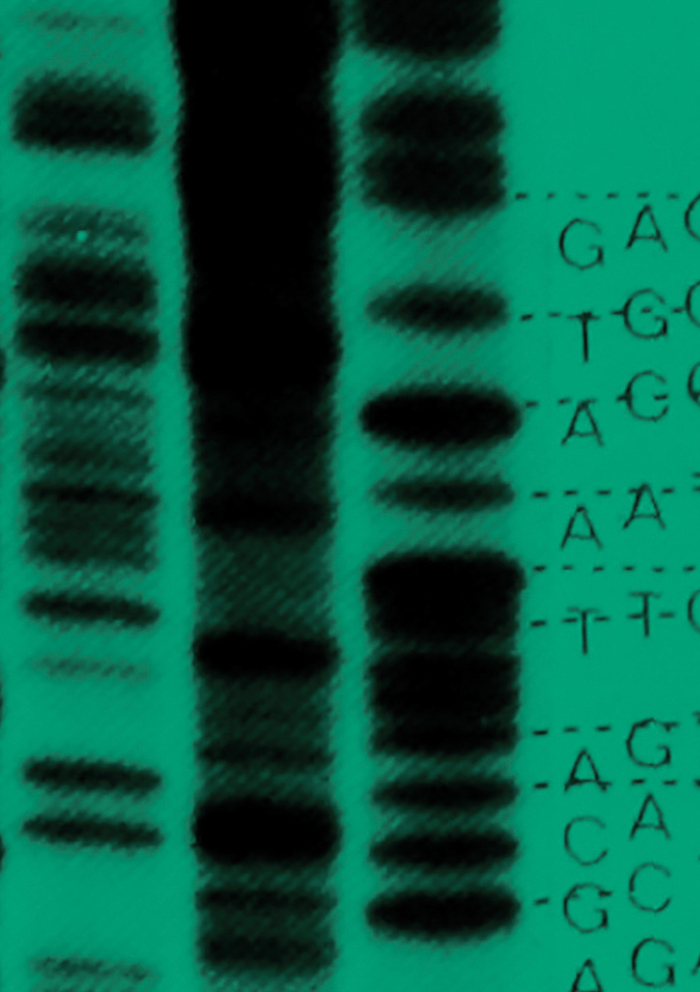 -
Volume 3,
Issue 3,
2017
-
Volume 3,
Issue 3,
2017
Volume 3, Issue 3, 2017
- Research Article
-
- Systems Microbiology
- Genome Annotation, Metabolic Reconstructions
-
-
Sequencing a piece of history: complete genome sequence of the original Escherichia coli strain
More LessIn 1885, Theodor Escherich first described the Bacillus coli commune, which was subsequently renamed Escherichia coli. We report the complete genome sequence of this original strain (NCTC 86). The 5 144 392 bp circular chromosome encodes the genes for 4805 proteins, which include antigens, virulence factors, antimicrobial-resistance factors and secretion systems, of a commensal organism from the pre-antibiotic era. It is located in the E. coli A subgroup and is closely related to E. coli K-12 MG1655. E. coli strain NCTC 86 and the non-pathogenic K-12, C, B and HS strains share a common backbone that is largely co-linear. The exception is a large 2 803 932 bp inversion that spans the replication terminus from gmhB to clpB. Comparison with E. coli K-12 reveals 41 regions of difference (577 351 bp) distributed across the chromosome. For example, and contrary to current dogma, E. coli NCTC 86 includes a nine gene sil locus that encodes a silver-resistance efflux pump acquired before the current widespread use of silver nanoparticles as an antibacterial agent, possibly resulting from the widespread use of silver utensils and currency in Germany in the 1800s. In summary, phylogenetic comparisons with other E. coli strains confirmed that the original strain isolated by Escherich is most closely related to the non-pathogenic commensal strains. It is more distant from the root than the pathogenic organisms E. coli 042 and O157 : H7; therefore, it is not an ancestral state for the species.
-
- Genomic Methodologies
- Genome-phenotype Association
-
-
Towards the complete proteinaceous regulome of Acinetobacter baumannii
More LessThe emergence of Acinetobacter baumannii strains, with broad multidrug-resistance phenotypes and novel virulence factors unique to hypervirulent strains, presents a major threat to human health worldwide. Although a number of studies have described virulence-affecting entities for this organism, very few have identified regulatory elements controlling their expression. Previously, our group has documented the global identification and curation of regulatory RNAs in A. baumannii. As such, in the present study, we detail an extension of this work, the performance of an extensive bioinformatic analysis to identify regulatory proteins in the recently annotated genome of the highly virulent AB5075 strain. In so doing, 243 transcription factors, 14 two-component systems (TCSs), 2 orphan response regulators, 1 hybrid TCS and 5 σ factors were found. A comparison of these elements between AB5075 and other clinical isolates, as well as a laboratory strain, led to the identification of several conserved regulatory elements, whilst at the same time uncovering regulators unique to hypervirulent strains. Lastly, by comparing regulatory elements compiled in this study to genes shown to be essential for AB5075 infection, we were able to highlight elements with a specific importance for pathogenic behaviour. Collectively, our work offers a unique insight into the regulatory network of A. baumannii strains, and provides insight into the evolution of hypervirulent lineages.
-
Most Read This Month


